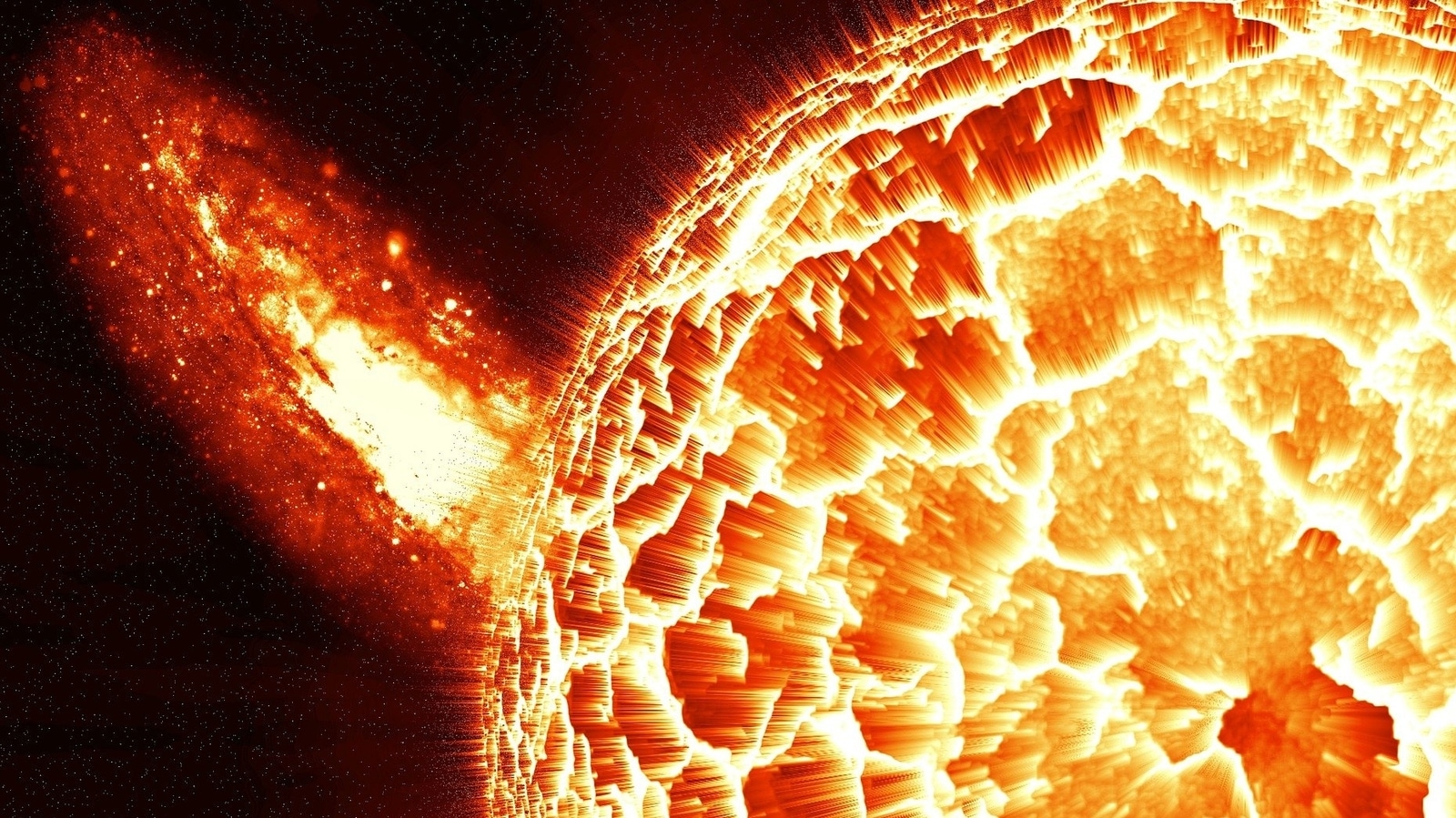While NASA Solar Dynamics Observatory suffers outage, the Sun unleashes a big solar storm
Due to a power outage at Stanford University, where the NASA Solar Dynamics Observatory instruments store data, scientists are not being able to identify whether a huge CME will cause a solar storm that could hit Earth.
A strange occurrence has put the Earth in front of an unexpected risk. On Sunday, June 26, a coronal mass ejection (CME) was spotted erupting from the Sun. But strangely, it cannot be determined whether it is directed at the Earth or not. It happened because at the time when the eruption took place, Stanford University was suffering from a widespread power outage and unfortunately that is where the NASA Solar Dynamics Observatory (SDO) instruments store their data. Because of the lack of data, now it is hard to tell whether the Earth will suffer a big solar storm in the coming days or not.
According to a report, the eruption of the CME was spotted by the European Space Agency (ESA). Using a software called Computer Aided CME Tracking (CACTus), ESA was able to observe and record the eruption of the CME. However, it is an automatic tool and confirmation and direction projection is done manually by astronomers using other tools. Usually, this is where the NASA SDO comes in and its various sensitive instruments easily pick the direction of the moving radiation and accurately predict its trajectory. But because of the power outage, that could not happen this time.
NASA SDO suffers power failure as Earth readies for a solar storm attack
While in the recent past, we have faced multiple Earth-directed solar flare eruptions that caused brief radio blackouts in certain regions. A CME discharge is a much bigger and dangerous event than solar flares as they contain a larger amount of magnetic flux and plasma that can not only damage satellites in the outer atmosphere but also interfere with the communication systems and impact GPS, internet, mobile networks and more. In some rare cases, such solar storms have also caused power grid failures.
This event has highlighted the need for constant vigilance in outer space and reliance upon multiple systems to act as fail safe in case anything goes wrong. It is expected that even if the CME does hit the Earth, the resultant solar storm is not likely to be G4 or G4 level, meaning the damage is likely to be on the lower end.
For all the latest Technology News Click Here

